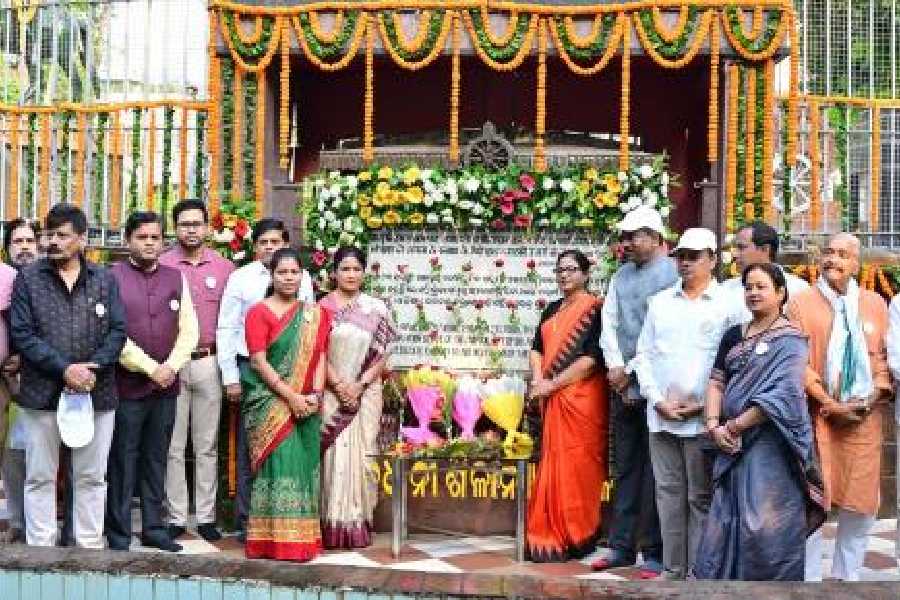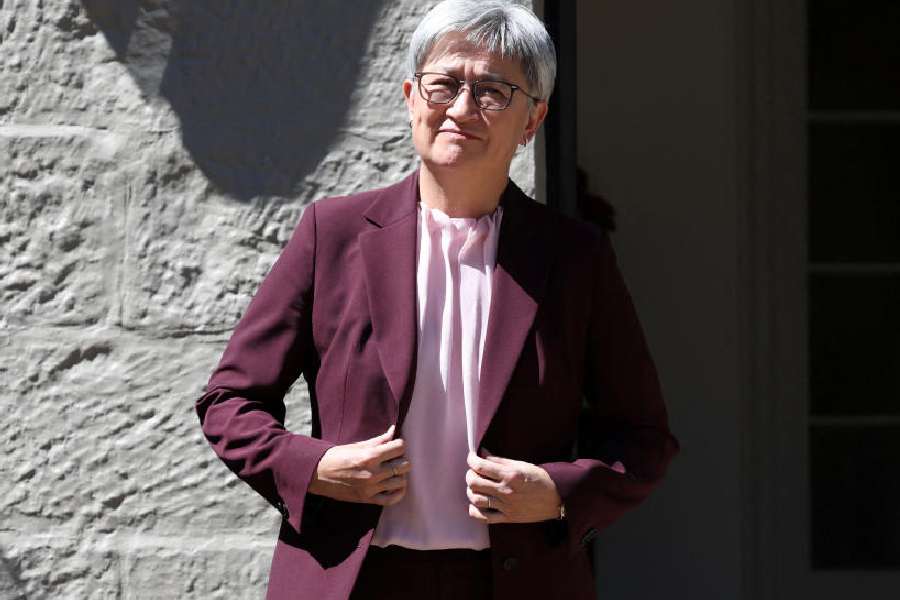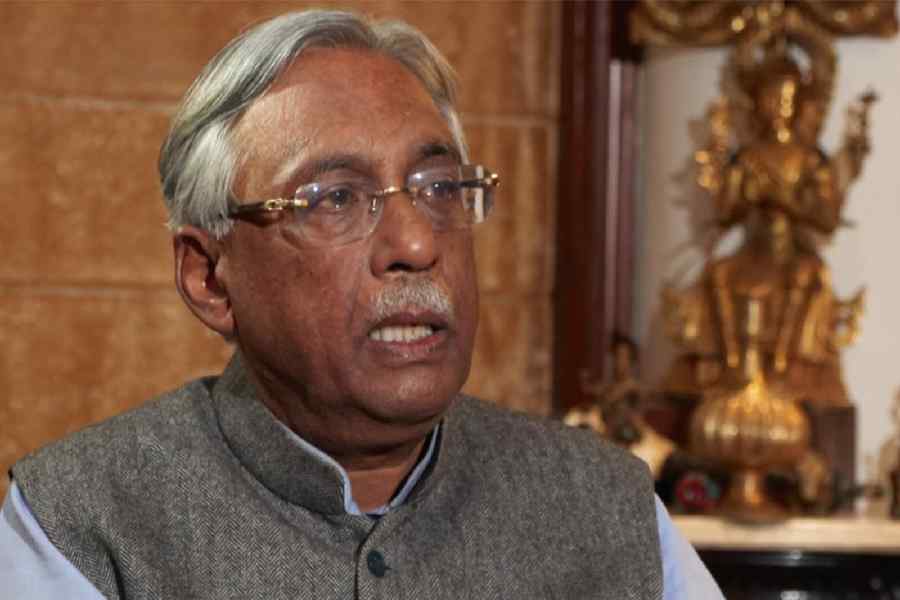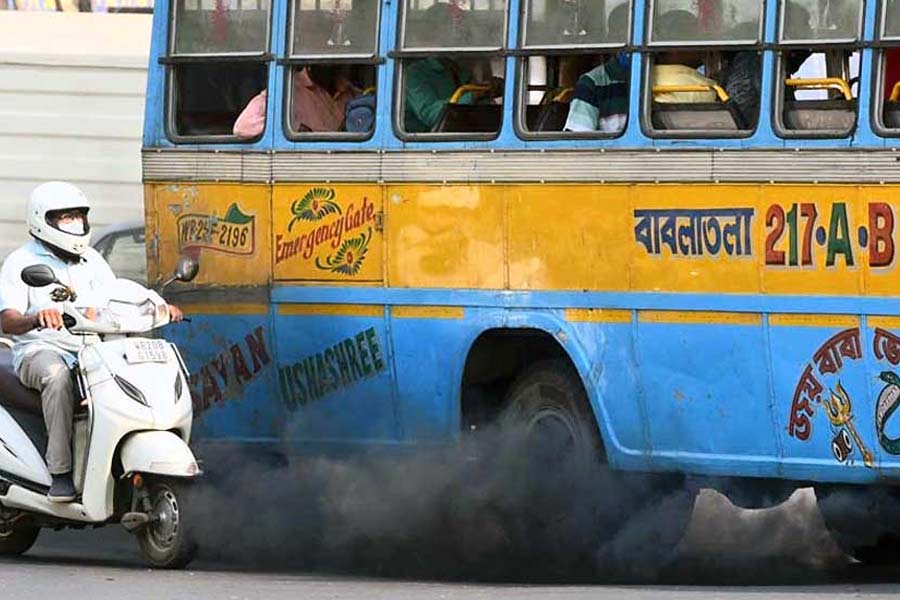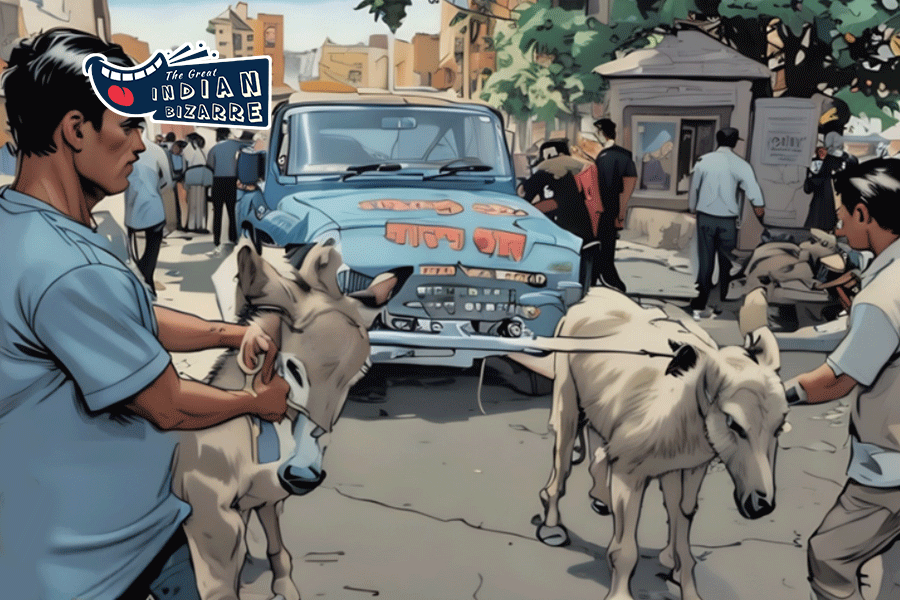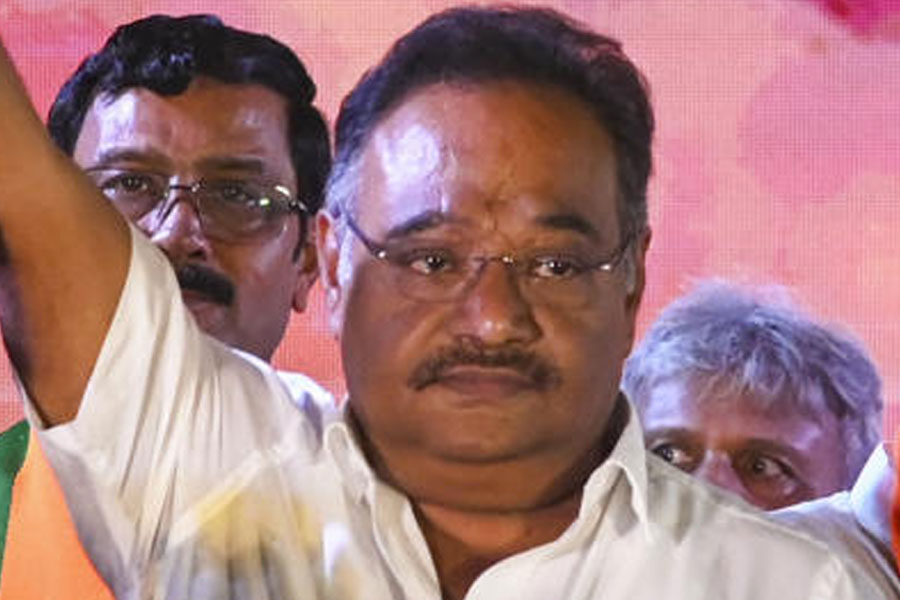Bhubaneswar marked its 78th year on Sunday since its foundation was laid by India’s first Prime Minister, Pandit Jawaharlal Nehru, on April 13, 1948. Over the decades, the city has grown from a planned township into a vibrant urban centre, emerging as the political, social and cultural capital of Odisha. Before Bhubaneswar, Cuttack served as the state’s capital.
To mark the 77th Foundation Day, a state-level function was organised by the foundation day celebration committee. Odisha Assembly Speaker Surama Padhy and Bhubaneswar mayor Sulochana Das were among those who attended the event.
Pradyumna Mohanty, vice-president of the Celebration Committee, said: “We celebrate the 77th foundation day as the city turns 78. The master plan of the city was prepared by German town planning engineer Otto Königsberger. The city was to be developed on a 12-square-mile area at an estimated cost of ₹2.89 crore. Today, its area has expanded to over 135 square kilometres.”
At the time of its foundation, Bhubaneswar had only one police station. Today, there are twenty seven. The city was originally designed for 15,000 people and divided into six units. Even in 1948, Bhubaneswar had both rail and air connectivity. The airport now has international status, and work has begun on a metro rail project. According to the 1951 census, the city had a population of 16,512. Today, it exceeds 14 lakh.
Pradosh Patnaik, 78, president of the celebration committee and younger brother of noted columnist Prabhat Patnaik, recalled the city’s transformation from a small town into a modern city with all the trappings of a metropolis. “The sprawling Governor’s House, located in the heart of the city, was known as Bhalu Mundia because it had dense forest teeming with wild animals. It was part of the Bharatpur-Rampur sanctuary. The transformation began on January 1, 1958, and was completed on March 31, 1960.”
“Nehru laid the foundation stone near the Odisha University of Agriculture and Technology (OUAT). Later, the plaque was shifted and installed on the outer wall of the Odisha Assembly after it was constructed,” Patnaik reminisced.
Today, Bhubaneswar has over a dozen high schools, several management institutes, and nearly 50 engineering colleges. The city is home to four universities — Utkal University, OUAT, KIIT University and Siksha ‘O’ Anusandhan University. It also hosts premier institutions like IIT, AIIMS and the Institute of Information Technology.
Bhubaneswar has emerged as an IT and research hub, housing institutions such as the Institute of Physics, the Institute of Mathematics and Applications, and the National Institute of Science Education and Research.
There are at least a dozen shopping malls and more than 30 daily market areas. From one cinema — Roop Mandir (now Ravi Talkies), where the first Odia film Sita Bibaha was screened — the city now has seven movie theatres. Nearly 500 apartment complexes have come up in and around the city.
Healthcare infrastructure has also grown significantly. From one small hospital in Old Town, Bhubaneswar now has multiple major hospitals, both government and private, including Capital Hospital, Bagchi Sri Shankara Cancer Centre and Research Institute, Kalinga Hospital, Hemalata Hospital, Panda Cancer Hospital, Hi-Tech Hospital, SUM Hospital, Aditya Care Hospital and Manipal Hospitals.

